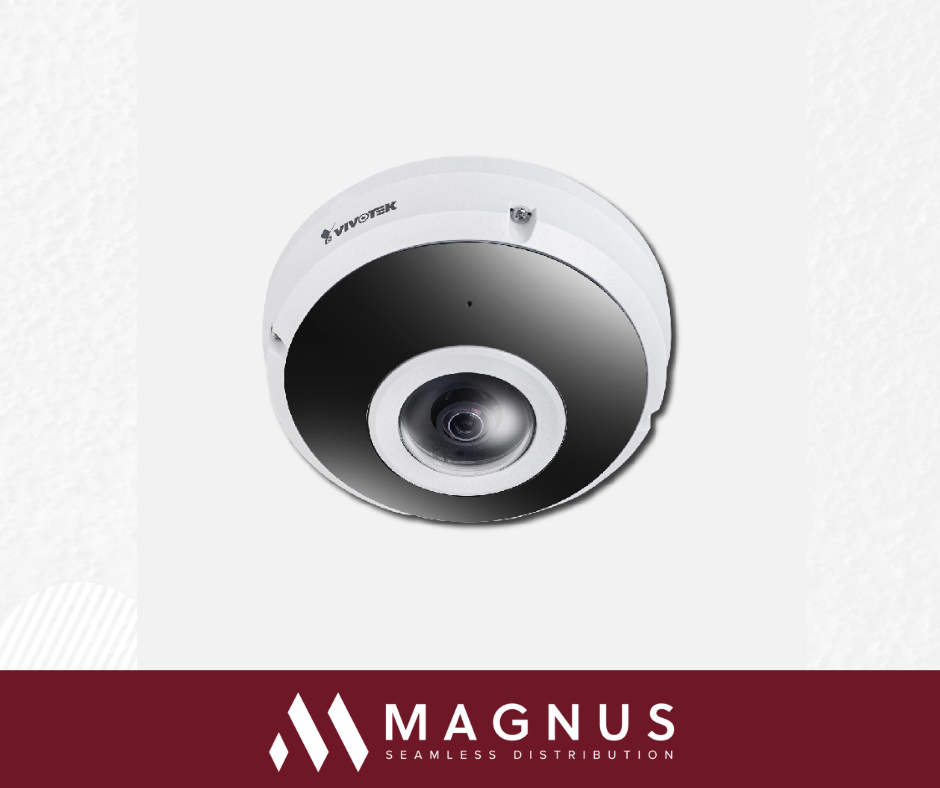
Apr 30 2024
/
What Is a Fisheye Camera
Have you ever seen those super wide-angle photos where the center looks normal but the edges curve outward, making everything look kind of like it’s in a bubble? That’s the work of a fisheye camera! But what exactly is a fisheye camera, and why would you use one? Here, we’ll break it down using simple English, so you can understand everything about fisheye cameras without needing to be a photography expert.
A fisheye camera is a type of camera that has a special lens on it. This lens can see much wider than a regular camera lens, up to 180 degrees or even more in some cases. Imagine being able to see half of the world that’s in front of you, from the ground right up to the sky, all in one photo. That’s what a fisheye lens can capture.
The “fisheye” name comes from the way these lenses work. Fish can see wide areas around them to look out for danger or find food. The fisheye lens tries to copy this wide view. But because the lens is so wide, it bends straight lines near the edges of the photo, making it look curved. This effect can turn ordinary scenes into fun, unusual images.
Why Use a Fisheye Camera?
Fisheye cameras are not just for fun. They have some cool uses too!
Creative Photography
Photographers love using fisheye lenses for creative shots. The unusual bending of lines can make boring scenes interesting. It’s great for taking photos of landscapes, cityscapes, or even rooms to make them look bigger and more dramatic.
Sports and Action
These cameras are also brilliant for sports and action shots. They can capture more of the surroundings while focusing on the main subject, making the action feel bigger and more intense.
Underwater Photography
Fisheye lenses are popular among underwater photographers. Underwater, everything looks more mysterious and wild. The wide view of a fisheye lens can capture more of this strange world in each photo.
Security Cameras
Ever seen those security cameras on the ceilings of stores? Many of them are fisheye cameras. Because they can see so much at once, they’re great for keeping an eye on large areas.
Astronomy
Astronomers use fisheye lenses to capture wide views of the sky. This way, they can see and study many stars and planets at once.
When Not to Use a Fisheye Camera
Despite their cool effects, fisheye lenses might not always be the right choice. Their unique look can sometimes distract or distort too much for certain types of photography, like portraits, where you usually don’t want people’s faces to look stretched or bloated.
Tips for Using a Fisheye Camera
- Experiment: The best way to learn is by trying different things. Play around with angles and subjects to see what looks the best.
- Composition Matters: Even with the fun distortion, how you compose your shot still matters. Think about what you want in the center and what will be at the edges.
- Keep it Clean: Because fisheye lenses are so wide, it’s easy to accidentally get your fingers or camera straps in the shot. Keep an eye out for these unwanted guests!
- Lighting is Key: Utilize natural light to your advantage. Fisheye lenses can create interesting effects with shadows and highlights.
- Post-Processing: Don’t be afraid to edit your photos. Cropping, adjusting colors, and playing with distortion effects can enhance the fisheye look.
- Use a Tripod: For sharper images, especially in low light, using a tripod can make a big difference.
- Explore New Perspectives: Fisheye lenses allow for unique views. Try shooting from low angles or getting close to your subject for dramatic effects.
- Watch the Edges: The extremely wide angle can cause vignetting or darkening at the corners of your photo. Be mindful of this effect when composing your shot.
Introducing Vivotek: Fisheye Camera
We are excited to showcase the Vivotek brand, a renowned leader in the world of fisheye cameras. Our carefully curated selection features the very best of Vivotek’s offerings, including a standout model that perfectly demonstrates the exceptional quality and innovative technology that Vivotek fisheye cameras are known for. Whether you’re looking for unparalleled 360-degree views, superior image clarity, or robust features for security and surveillance, our Vivotek range has something to meet and exceed your expectations. Join us in exploring the cutting-edge capabilities of Vivotek fisheye cameras and discover how they can transform your visual experience.
Conclusion
Fisheye cameras offer a unique way to capture the world around us, providing a fresh perspective that regular cameras can’t. Whether you’re looking to spice up your photography, capture the entirety of a starry night, or just have some fun, a fisheye lens might be just the tool you’re looking for. Remember, the best camera is the one you enjoy using the most.
Frequently Asked Questions
Can I use a fisheye lens on my smartphone?
Yes, you can find clip-on fisheye lenses for smartphones, offering effects similar to traditional camera fisheye lenses.
Are fisheye lenses expensive?
Prices for fisheye lenses vary greatly depending on brand, quality, and whether they’re for professional cameras or smartphones. You’ll find both affordable and high-end options.
Can I fix fisheye lens distortion in post-production?
Yes, many photo editing programs can correct or lessen fisheye distortion if needed.
Is a fisheye lens good for video recording?
Definitely! Fisheye lenses add dramatic and engaging effects to videos, perfect for action sports, music videos, or any project wanting a wide, immersive view.
How do I prevent lens flare with a fisheye lens?
Lens flare is common with fisheye lenses due to their wide angle. To reduce it, avoid shooting toward bright lights or use a lens hood designed for your lens.
